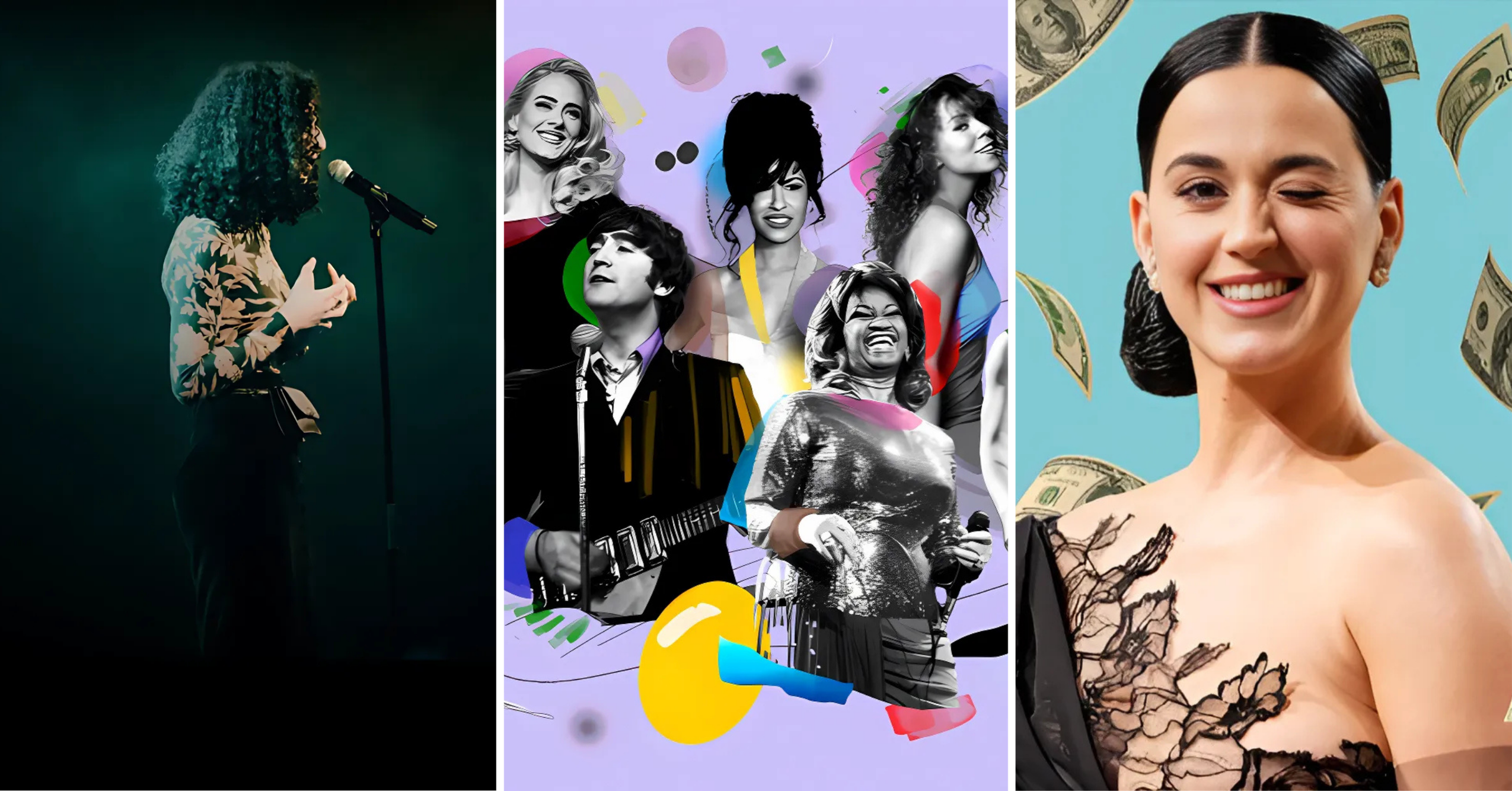In this digital age, the music industry has transformed dramatically. Physical album sales have declined, but new revenue streams have emerged, creating many opportunities for musicians to monetize their talent.
From streaming platforms to merchandise, today’s artists have multiple ways to generate income apart from traditional record sales.
In this article, we will discuss various ways by which musicians make money in 2025, average earnings across different income sources, and strategies for maximizing revenue as an artist.
How Much Do Music Artists Make On Average
The income of professional musicians varies widely based on location, genre, popularity, and career stage. Most musicians cobble together various income sources to sustain their careers.
| No. | Income Source | Description | How much do they make? (Average) |
|---|---|---|---|
| 1 | Streaming Royalties | Payments from platforms like Spotify, Apple Music | $0.003-$0.005 per stream on Spotify, needs high volume to be significant |
| 2 | Live Performances & Tours | Concerts, gigs, festivals, private events | Median hourly wage is $42.45 in the US |
| 3 | Merchandise Sales | T-shirts, posters, branded items | Can represent 15% of income for established artists |
| 4 | Music Sales (Digital + Physical) | Downloads, CDs, vinyl records | $0.70-$0.99 per digital song; $5-15 per vinyl record |
| 5 | Publishing Royalties | Income from songwriting, compositions, licensing | Varies based on usage; includes mechanical and performance royalties |
| 6 | YouTube & Social Media Monetization | Ad revenue, sponsorships, and platform monetization | $100-$10,000+ monthly, depending on following |
| 7 | Sponsorships & Collaborations | Brand partnerships, endorsements | $500-$100,000+ per deal based on popularity |
| 8 | Crowdfunding & Fan Subscriptions | Direct fan support through platforms like Patreon | $100-$5,000+ monthly based on fan base |
| 9 | Teaching & Music Lessons | Income from private lessons, workshops | $30-$100 per hour; $1,000-$5,000 monthly |
How Do Artists Make Money? (Explained!)
Nowadays, musicians combine multiple revenue streams to create a sustainable income.
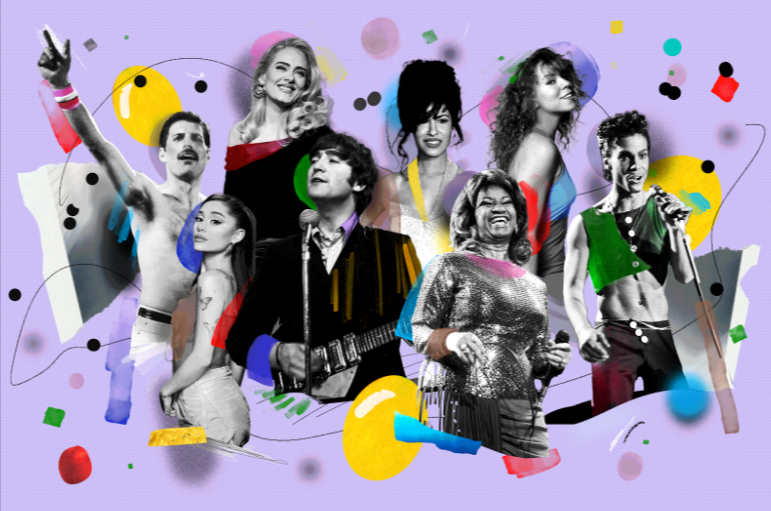
Let’s discuss each major income source in detail:
1. Streaming Royalties
Streaming platforms like Spotify, Apple Music, and Amazon Music have become the primary way people consume music today. Artists earn a small amount per stream, with rates varying by platform.
While individual stream payouts are minimal (often between $0.003 to $0.005), they can accumulate thousands of dollars if the track gets hit.
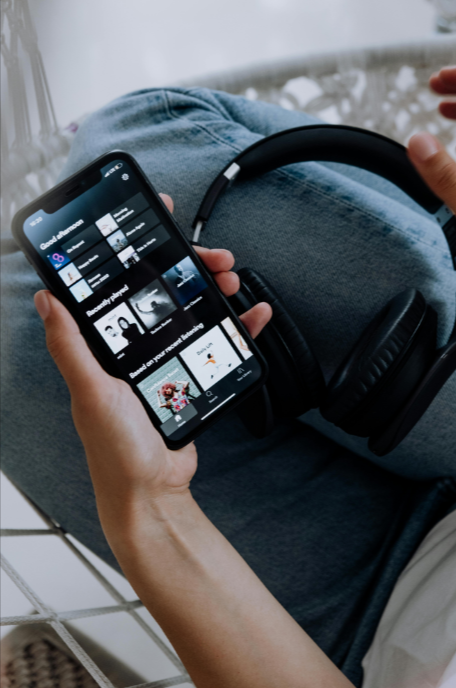
A song with 1 million streams on Spotify might generate around $3,000-$5,000 in revenue. Drake’s “God’s Plan” with 2.76 billion streams alone could have generated him over $8.28 million to $13.8 million.
2. Live Performances & Tours
Playing live gigs and tours is a major income stream. Artists earn from ticket sales, meet-and-greets, and on-site merch. Top acts (Coldplay, Beyoncé, BTS) gross tens of millions per tour, and even in small clubs.
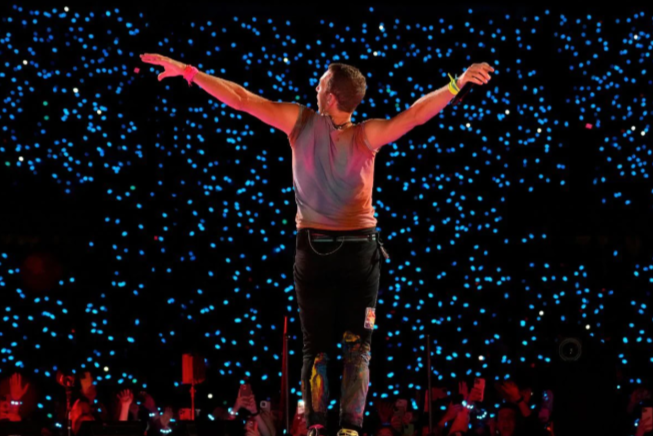
Local musicians earn anywhere between $50 and $500 per gig at bars or small venues, while famous artists can make $1,000 to $100,000+ per show. Arena tours for major artists like Coldplay have generated over $1 billion in revenue through tickets and other merchandise. Get details of the Coldplay tour.
3. Merchandise Sales
Merchandise—t-shirts, posters, hats, and other branded items—provides significant revenue for artists at all levels. Merch sales at concerts often have higher profit margins than the music itself, with artists keeping 70-85% of sales revenue after production costs.
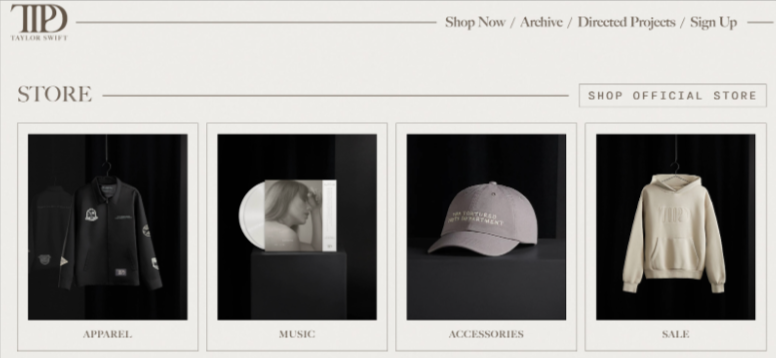
Independent artists might earn $500-$2,000 monthly from merchandise, while popular bands can generate tens of thousands at a single concert because of the huge demand and crowd. Artists now sell merchandise directly through their websites and social media, eliminating middlemen and increasing profit margins on their merchandise sales.
Taylor Swift has earned over $500 million since March 2023 from her merchandise alone.
Want to know which songs contributed to her success? Check out Taylor Swift’s most popular hits.
4. Music Sales (Digital + Physical)
Despite streaming’s dominance, direct music sales remain viable. Digital downloads generated significant revenue in recent years. Physical formats are also getting trendy, particularly vinyl sales, which have seen consecutive years of growth.
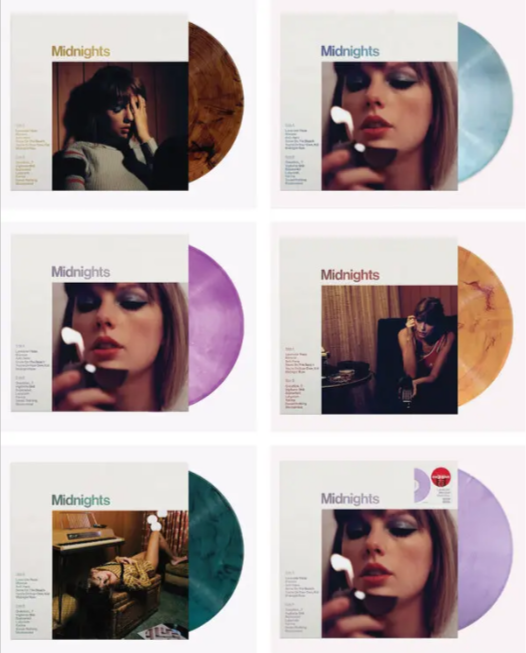
While CDs provide low-cost merchandise options, vinyl has a premium price, and dedicated collectors are willing to pay for the product and higher audio quality.
Artists earn $5-15 per vinyl record sold. Taylor Swift’s “1989 (Taylor’s Version)” vinyl release sold over 200,000 copies in its first week, showing the ongoing trend of physical media.
5. Publishing Royalties (Songwriting & Licensing)
Songwriters earn royalties whenever their compositions are performed publicly, broadcast, or used commercially. Publishing rights generate income through mechanical royalties (from sales/streaming), performance royalties (radio, TV, venues), and synchronization fees (use in movies, commercials).

Organizations like ASCAP, BMI, and SESAC collect and distribute these royalties. A single placement in a popular TV show can earn a songwriter thousands of dollars, while regular radio play can generate steady income for years. Songwriters for major artists can earn millions annually from hit songs.
6. YouTube & Social Media Monetization
Platforms like YouTube, TikTok, and Instagram offer monetization opportunities through ad revenue, sponsored content, and partner programs. Musicians can earn directly from their content and use these platforms to promote other revenue streams.
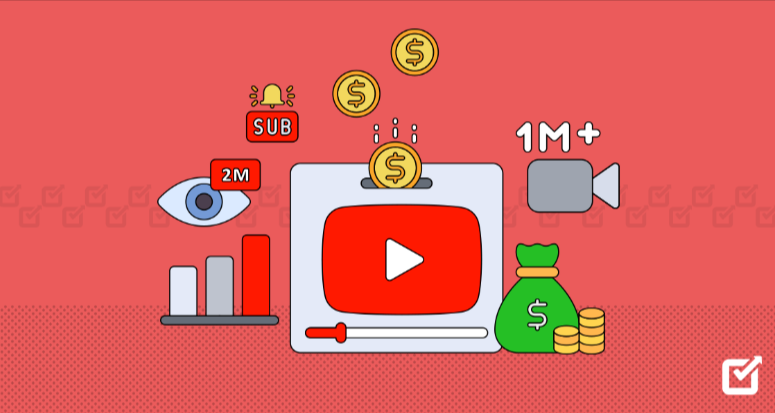
A music video with 1 million views on YouTube might generate $2,000-$5,000 in ad revenue. Artists like Lil Nas X achieved mainstream success after going viral on TikTok, showing how social media can launch careers and drive high income across multiple channels.
7. Sponsorships & Brand Collaborations
As traditional advertising is slowly losing its place, brands are partnering with musicians to reach engaged audiences. These arrangements range from product endorsements and social media promotions to full sponsorship deals for tours and releases.
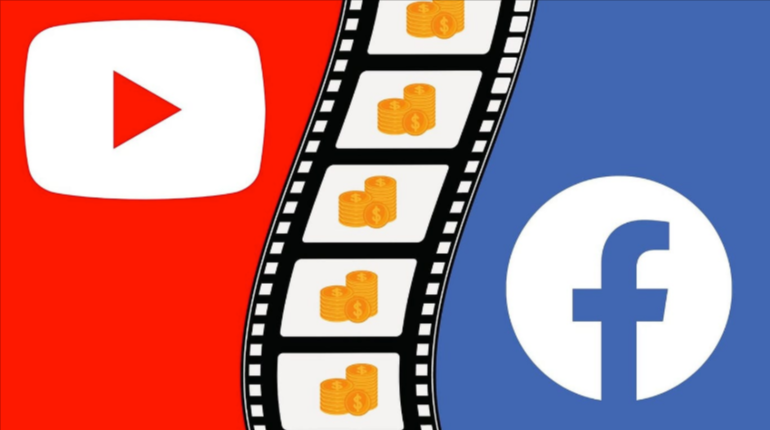
An artist might earn $5,000-$50,000 or even more for a sponsored social media campaign promoting audio equipment to their followers.
8. Crowdfunding & Fan Subscriptions
Platforms like Patreon, Kickstarter, and Bandcamp allow fans to directly support artists through subscriptions or one-time contributions. This model provides predictable income and closer fan relationships.

Amanda Palmer raised over $1.2 million on Kickstarter from nearly 25,000 fans to fund her album and tour. Many independent artists earn $1,000-$5,000 monthly through Patreon subscriptions by offering exclusive content, early releases, and personalized experiences to subscribers.
9. Teaching & Music Lessons
Many musicians increase their income by teaching private lessons, workshops, or online courses. Teaching their expertise and generating a steady income between performances or releases.

Musicians charge $30-$100 per hour for private lessons. Online platforms have expanded teaching opportunities, with some artists creating comprehensive courses that generate passive income. A well-structured online course can earn $1,000-$10,000+ monthly with minimal ongoing effort after creation.
How To Make Money As A Musician With Side Gigs?
Musicians often take on extra roles to boost their income. Common side gigs include:
- Teaching music lessons: Private tutoring (instrument or voice) can pay $20–$50+/hour. Many musicians fill spare hours by teaching local students or online
- Session musician work: Playing instruments or singing on other people’s recordings or live gigs. Studios and bands hire session players (often $20–$50/hour).
- Cover bands/DJ gigs: Performing at weddings, parties, or venues. These gigs often pay $200–$1,000 per event, providing reliable cash on nights and weekends.
- Composing and producing: Writing jingles, background scores, or selling beats online. Producers sell instrumentals (e.g., on BeatStars) for $50–$500 each; media scoring projects can pay more.

- Audio services: Freelance mixing, mastering, or music transcription. Platforms like Upwork/Fiverr offer projects ($15–$30/hr or per project). Even editing podcasts or recording commercials can add to income.
- Busking and street performance: Playing in public spaces (where legal). In major cities, musicians can earn $50–$200+ per day in tips and donations.
- Music retail/tech work: Jobs at instrument stores, repair shops, or music apps. For example, teaching workshops or instrument repair provides steady pay and sometimes discounts on gear.
- Content creation: Maintaining a YouTube channel or Patreon and releasing exclusive content (behind-the-scenes, tutorials). Ad revenue, subscribers, or virtual “tips” supplement earnings.
Each of these gigs uses musical skills and adds cash without leaving one’s music career.
How Does Singer Make Money
Different singers use different ways to earn money; there is a huge difference between independent artists and those signed to record labels.
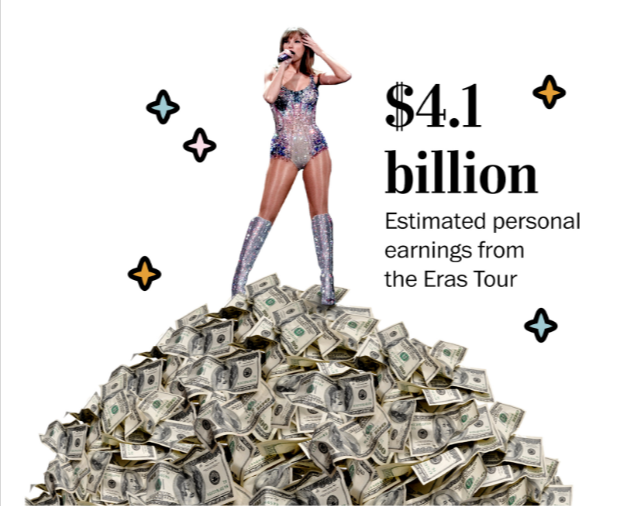
Each approach has its own set of advantages and challenges:
Pros of Being an Independent Artist
- Retain 100% ownership of master recordings and publishing rights, maximizing long-term revenue potential.
- Maintain complete creative control over music, image, and career direction without label interference.
- Keep a larger percentage of revenue from streams, sales, and performances without sharing with the record label.
- Build direct relationships with fans without corporate intermediaries, enabling effective direct marketing.
- Freedom to release music on preferred timeline without artificial constraints or commercial pressure.
Cons of Being an Independent Artist
- Shoulder full financial burden for recording, promotion, and tour expenses without label advances.
- Lack of established industry connections and promotional infrastructure accessible to signed artists.
- Manage multiple business aspects simultaneously, potentially reducing creative focus and energy.
- Miss potential mainstream exposure opportunities requiring significant promotional investment.
- Often struggle with limited budgets for professional production, videos, and marketing campaigns.
Now let’s discuss the pros and cons of being a signed artist:
Pros of Being a Signed Artist
- Receive financial advances for recording and living expenses while developing music.
- Access established promotion and distribution networks through the label’s industry connections.
- Benefit from the label’s expertise in marketing, radio promotion, and playlist placement.
- Leverage label resources for professional recording, video production, and tour support.
- Potential for greater mainstream visibility through coordinated promotional campaigns.
Cons of Being a Signed Artist
- We have to surrender ownership of master recordings (Mostly), limiting long-term revenue potential.
- Receive a smaller percentage of streaming and sales revenue after label recoupment.
- Often face creative restrictions or commercial pressure to conform to marketable styles.
- Can lose control over release schedules, image decisions, and career direction.
- Risk of being dropped or deprioritized if early releases underperform commercially.
How Much Money Do Music Artists Make?
Music artists in the US make $44,624 on average, but the income for musicians ranges from struggling to make minimum wage to earning millions. Understanding the factors influencing these disparities helps set realistic expectations and identify growth opportunities.

Here is a breakdown of various aspects of earning as a Music Artist.
a. Factors Affecting Income
- Independent artists keep a larger percentage of earnings but lack corporate backing for promotion and distribution.
- Signed artists receive advances but repay these through royalties and share revenue percentages with labels.
- Label deals typically offer greater upfront security but potentially lower long-term earnings without hit records.
- Commercial genres generally yield higher earnings than niche styles due to a larger audience base.
- Musicians in major music cities have access to more opportunities but face higher competition and living costs.
- Strategic marketing significantly impacts exposure, streaming numbers, and performance opportunities.
- Loyal, engaged fan base enables sustainable direct income through patronage and merchandise purchases.
b. Average Income by Role
- The average professional musician in India earns approximately ₹26,260 monthly ($315).
- UK study showed 43% of professional musicians earn less than £14,000 ($17,700) annually from music.
- Session musicians typically earn hourly rates around $42.45 in the US, with union-regulated minimums.
- Producers generally earn per-project fees plus potential royalty percentages on successful releases.
c. Income Tiers (Beginner to Pro)
- Beginners typically earn below average wages, often below $14,000 annually, while building skills and audience.
- Mid-level professionals average $20,700-$40,000 annually through combined revenue streams.
- Established professionals with a strong following can earn $100,000+ through diversified income sources.
- Top-tier artists earn millions through massive streaming numbers, arena tours, and extensive brand partnerships.
Tips to Make More Money As A Musician
Building sustainable income as a music artist requires strategic thinking and well-planned diversification.
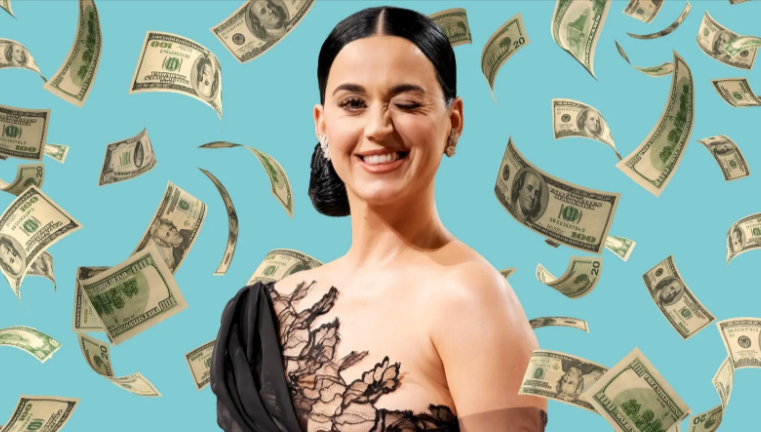
These proven approaches help maximize earning potential while maintaining artistic integrity.
- Pitch Songs to Playlists & Licensors: Actively submit tracks to streaming playlists and sync libraries. Getting onto popular playlists or in film/TV ads (even indie projects) can dramatically increase streams and fees.
- Boost Social Media & Fan Engagement: Use platforms like TikTok, Instagram, and YouTube to grow fans. Viral videos or challenges featuring your music can spur streaming and sales. Maintain a mailing list or fan club for direct promotion of releases/merch.
- Diversify Revenue Streams: Don’t rely on one source. Combine digital sales, merch, live shows, teaching, session work, and crowdfunding. For example, bundle exclusive merch or offer fan-only livestream concerts for extra income.
- Network and Collaborate: Write songs or do features with artists in other genres. Collaborations tap into new audiences. Also partner with YouTubers, podcasters or filmmakers to feature your music (expands reach and sync opportunities).
- Upskill & Teach: Invest time in learning high-demand skills (production, mixing). Offer workshops or online courses. Experienced musicians can offer paid masterclasses or private lessons, both live and virtually.
- Optimize Royalties: Register your music with performance rights organizations (BMI, ASCAP, SESAC) in all key territories. Ensure every publishing share is collected; sync licensing specialists or aggregators (e.g,. Musicbed) can help maximize payouts.
- Merch Strategy: Create unique, high-value merchandise (limited editions, vinyl, digital downloads). Use pre-orders or bundles to fund projects. Offer VIP experiences at shows (backstage passes, personal shout-outs) for premium pricing.
- Use Emerging Tech: Explore revenue from new formats: release music for VR or gaming, engage audiences via Twitch streams with tip-jar or subscription features, and consider NFTs or blockchain platforms for limited releases.
- Live Smart: When touring, plan merch shipments carefully and minimize costs. Combine smaller shows with larger events. Leverage festivals and multi-act tours to reduce promotion costs.
Implementing these tips, expanding your online presence, engaging fans, and thinking like a small business helps boost overall earnings.
Interested in seeing your favorite artists live? Check out the latest tour dates and concert details for top musicians:
Conclusion: Musicians Earn by Streaming Royalties, Merchandise, Tours, and More
Today, musicians’ income combines traditional revenue sources with emerging digital opportunities. While the average professional musician earns a modest income, around £14,000 annually in the UK and in the U.S., the average musician makes about $42.45/hour, whereas Top stars can make millions from different sources.
From streaming royalties (Spotify’s $0.003-$0.005 per stream) to merchandise sales and teaching, today’s artists have to create an ecosystem to maximize their income.
The independent artists have freedom and ownership but need to self-manage, while label deals give resources but reduce creative control and long-term earnings.
To have a sustainable music career, artists need to have strategic diversification across revenue streams and direct fan relationships.
FAQs
Streaming, downloads, live concerts, merchandise, publishing (songwriting) royalties, licensing (sync), sponsorships, teaching, fan funding (e.g., Patreon). Each source contributes differently.
Roughly $0.003–$0.005 per Spotify stream (about $4/1,000 plays); Apple Music pays ~$0.01 per stream. So 1 million Spotify streams = $4,000
Indie artists keep ~100% of royalties but earn only a few thousand total. Many indie tours barely break even.
Private music lessons often pay $20–$50/hour. Many working musicians tutor students to supplement their income. PayScale reports ~$51/hr average for music teachers.
Top music artists make way more than average artists. Superstars like Taylor Swift or Ed Sheeran have earned hundreds of millions from albums, tours, and royalties. In contrast, a median musician earns only ~$42/hr.

